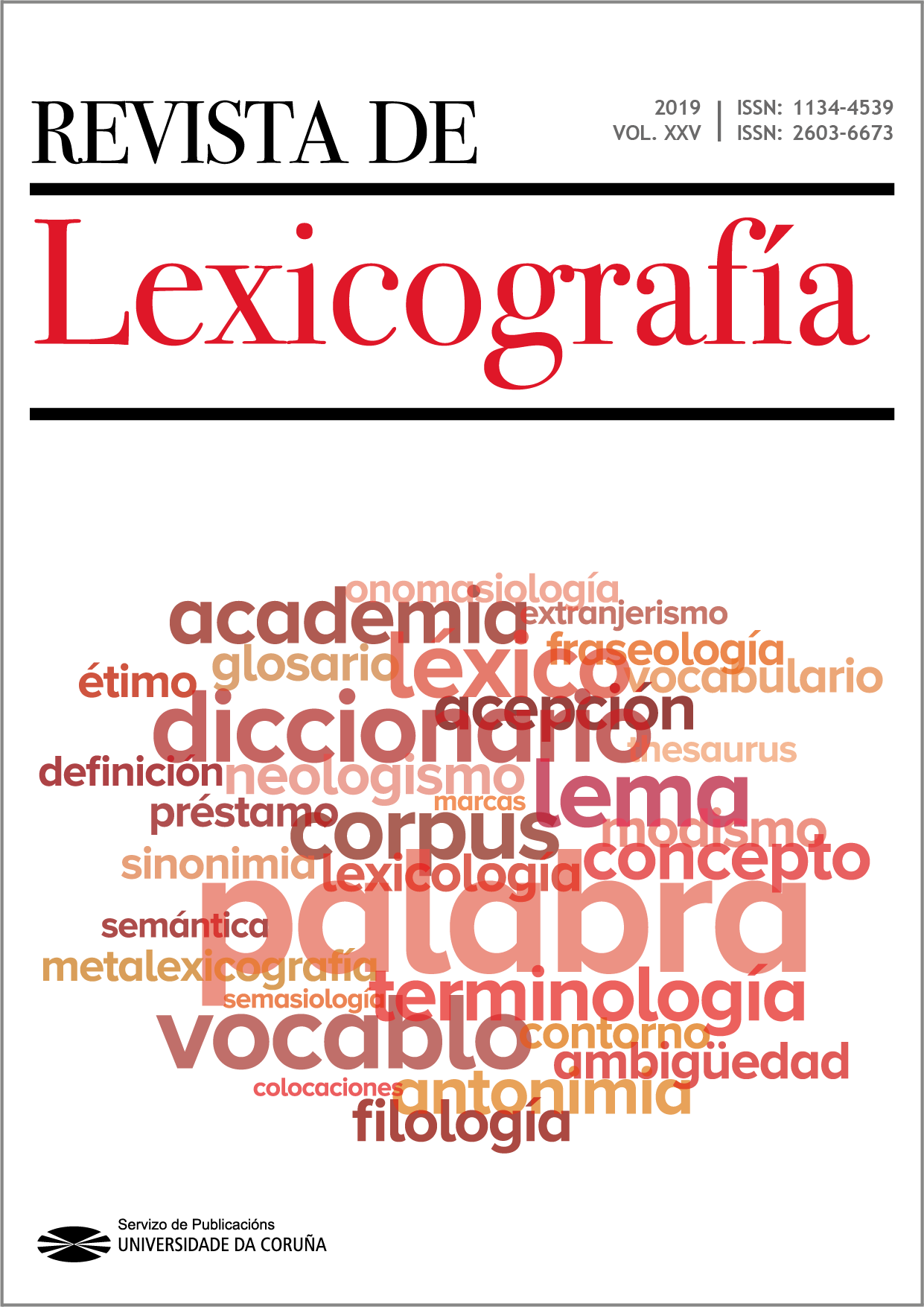The language of emotions in humanitarian narratives during the Carlist war, 1872-1876
Main Article Content
Abstract
The last Carlist war (1872-1876) was the baptism of fire of the Spanish Red Cross (SRC) —founded in 1864, the very year when Spain adhered to the Geneva Convention— as well as the earliest major civil conflict in which the international movement of the Red Cross was involved. Despite the legal impossibility at the time that the Geneva Committee could intervene in civil wars, both sides agreed to respect the Convention’s principles, and the SRC —like other humanitarian associations, and singularly La Caridad, that was created by the insurgents— threw themselves in relief activities to the wounded and sick combatants.
This article explores the humanitarian narratives of two outstanding leaders of the SRC during the Carlist war: Nicasio Landa, a medical officer and its general inspector, and Concepción Arenal, a jurist, social reformer and the secretary of its Ladies Central Committee. It analyses their narratives in different primary sources (letters, reports, literary accounts, articles) by paying particular attention to their similitudes and differences each other with regard to four aspects: (i) their publics, purposes and strategies; (ii) their appreciations as to who deserved humanitarian aid; (iii) their concerns about the physic and emotional wellbeing of the sick and wounded combatants being looked after in varied spaces and transported by means of different procedures; and (iv) the identity of humanitarian actors. All this with the object of examining the role played by these humanitarian narratives in modelling citizen’s compassion towards the victims in civil wars, and the strengthening of the SRC.
Keywords:
Downloads
Article Details
References
Arenal, Concepción (1874): «La caridad en la guerra y la justicia en la caridad», La Voz de la Caridad, 100, 01/05/1874, p. 54.
Arenal, Concepción (1900): Artículos sobre beneficencia y prisiones, Madrid, Librería de Victoriano Suárez, tomo II, pp. 461-469 (1ª carta), 478-487 (2ª carta), 494-501 (4ª carta), 512-518 (5ª carta), 519-528 (6ª carta), 541-548 (7ª carta).
Arenal, Concepción (1913): Cuadros de la guerra carlista [1880], Madrid, Librería de Victoriano Suárez.
Arrizabalaga, Jon y J. Carlos García Reyes (2016): «Innovación tecnológica y humanitarismo en el traslado de heridos de guerra: el informe de Nicasio Landa sobre un nuevo sistema de suspensión elástica de camillas (Pamplona, 29 mayo 1875)», História, Ciências, Saúde-Manguinhos, 23, 3, pp. 887-897 [Fecha de consulta 15/10/2019: http://periodicos.fiocruz.br/pt-br/publicacao/1067210].
Crossland, James (2018): War, Law and Humanity: The Campaign to Control Warfare, 1853-1914, Londres, Bloomsbury.
Hutchinson, John F. (1996): Champions of charity. War and the rise of the Red Cross, Oxford, Westview Press.
Landa, Nicasio (1870): [cartas desde Ginebra (26 agosto), Basilea (28 agosto) y Karlsruhe (31 agosto)], La Caridad en la Guerra, 1/7, pp. 1-2; 1/8, pp. 1-2; 1/9, pp. 1-2.
Landa, Nicasio (2016): «Muertos y heridos» y otros textos, edición, estudio y notas a cargo de Guillermo Sánchez y Jon Arrizabalaga, Pamplona, Pamiela, pp. 135-255.
Sánchez-Martínez, Guillermo (2014): «Enemies by accident, neutral on the rebound: diversity and contingency at the birth of war humanitarianism, 1862-1864», Asclepio, 66, 1 [Fecha de consulta 15/10/2019: http://asclepio.revistas.csic.es/index.php/asclepio/article/view/580/672].



